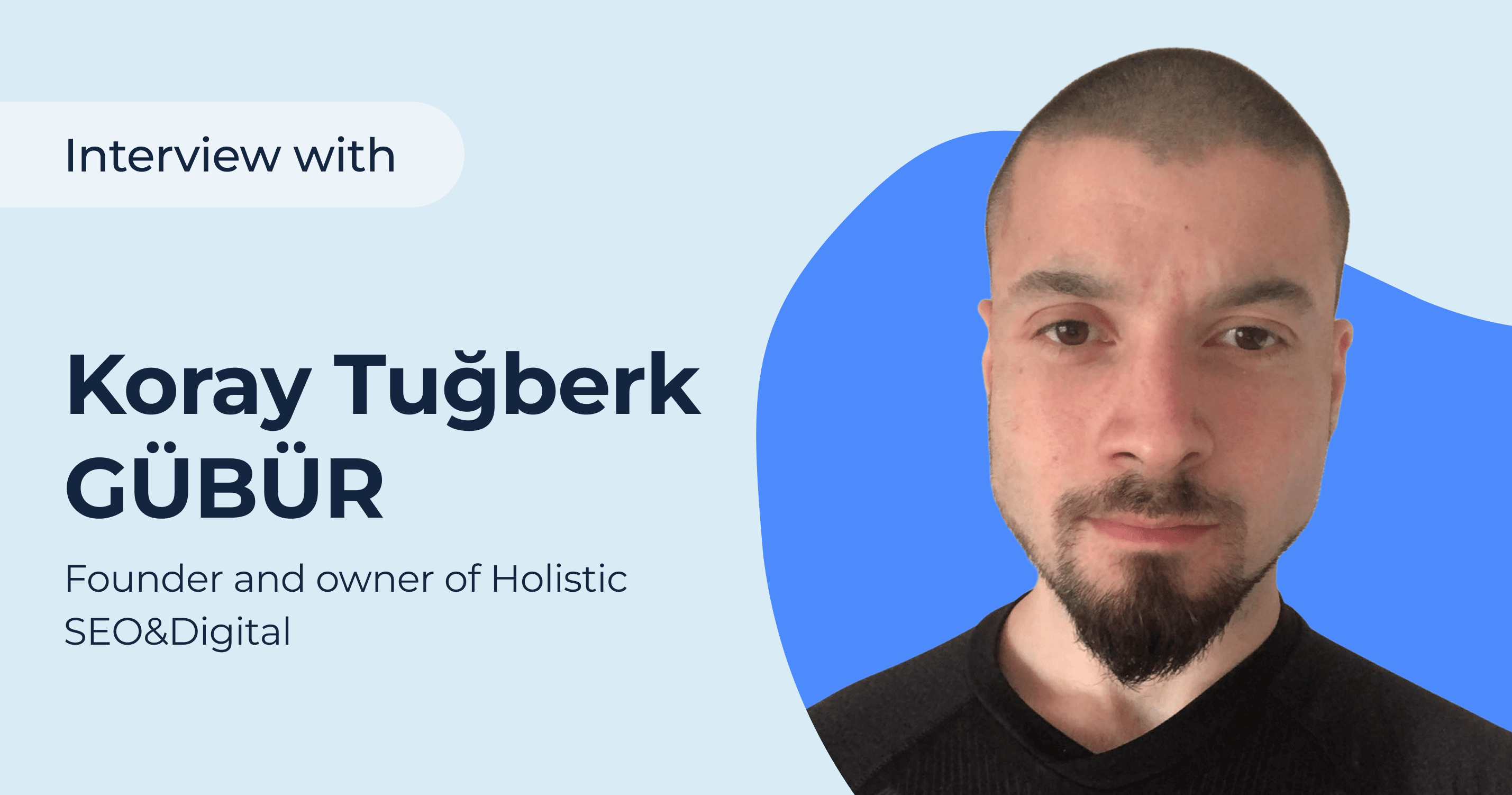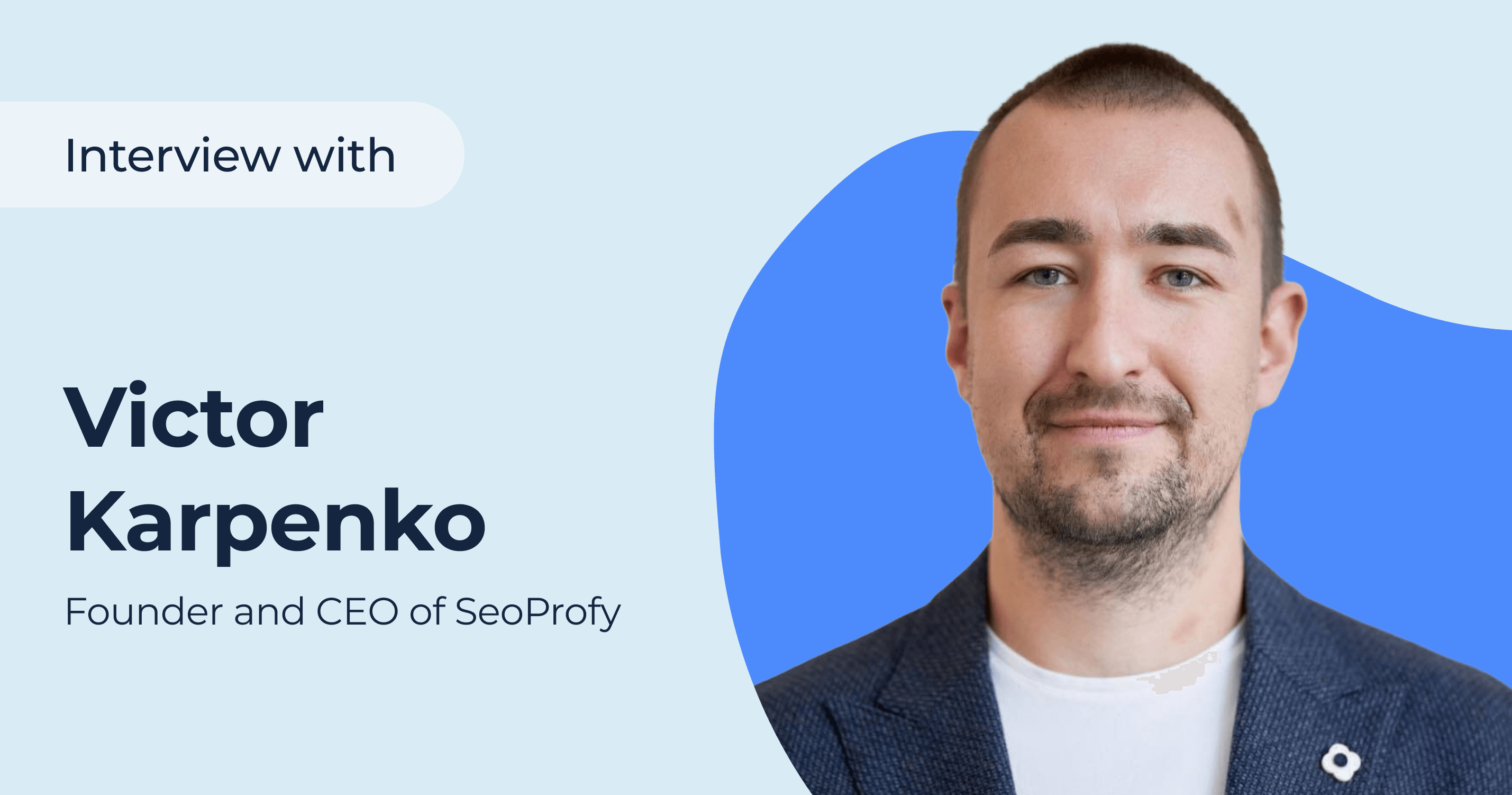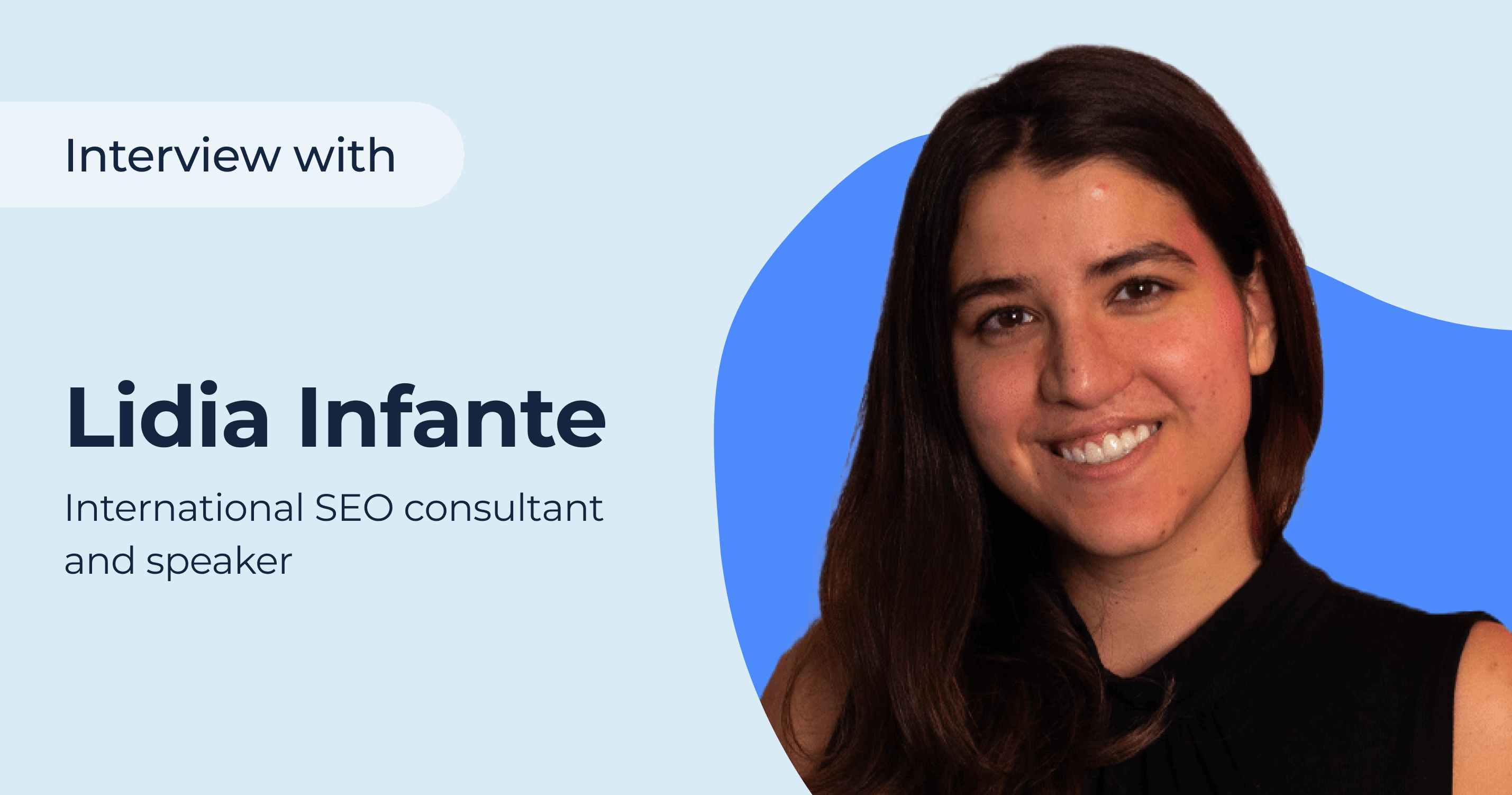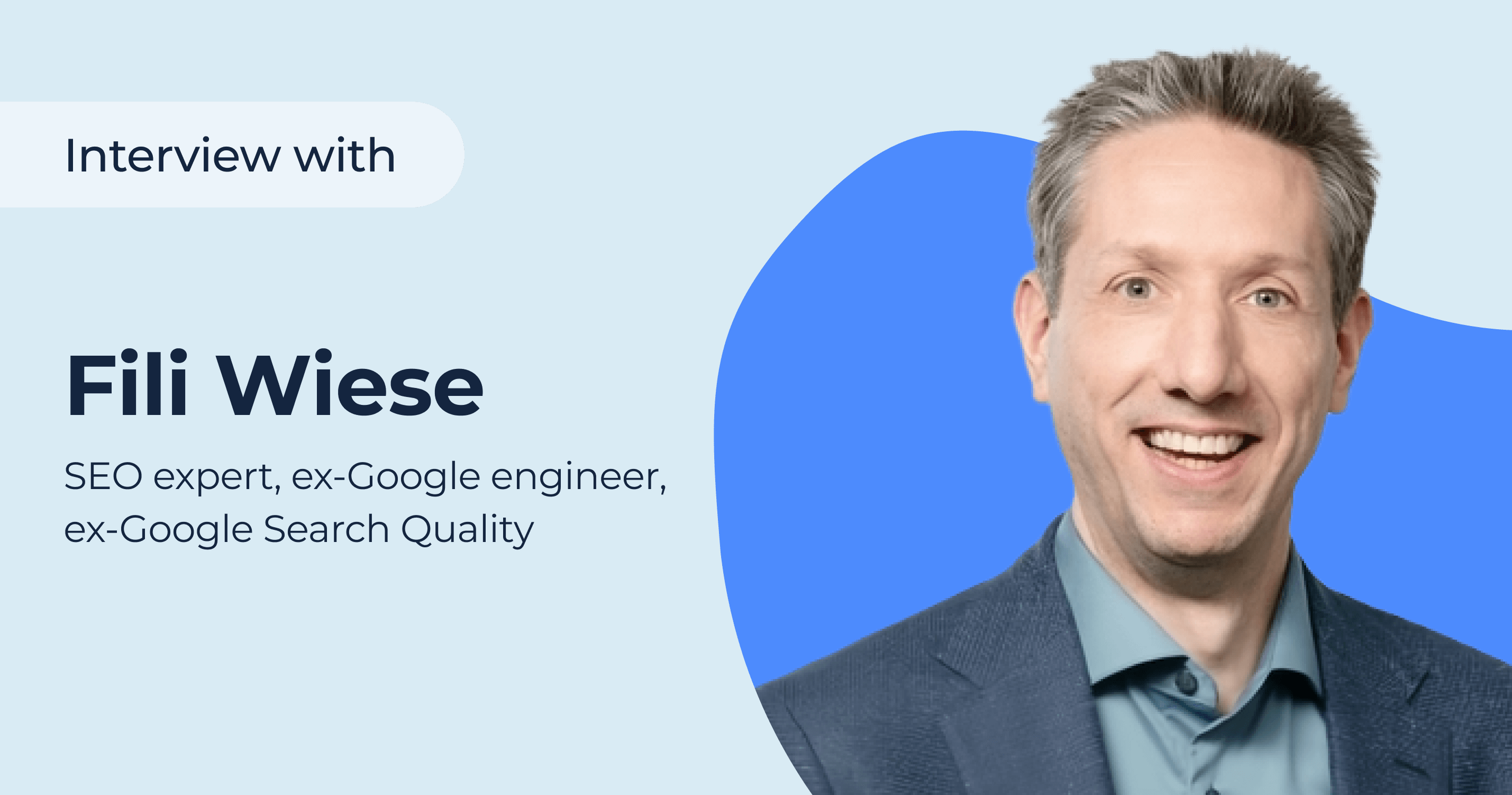Koray Tuğberk GÜBÜR is the founder and owner of Holistic SEO & Digital. Koray regularly attends webinars, conferences, and SEO-related events. Koray Tuğberk publishes SEO Case Studies, researches, and detailed A/B tests along with their results.
He focuses on data science, machine learning, web development, entity-based contextual search, semantic content network creation, and Reputation Management. Koray worked with more than 300 companies for their SEO Projects since 2015. To get more SEO insights from Koray, follow him on Twitter or LinkedIn.
1. How did you get into SEO?
I heard about SEO the first time while I was in the gym. I was lifting weights, and one of my friends came up to me and asked, “Hey, do you know what SEO is?”. I thought SEO was something like a drug or a chemical formula. Because when you think about it, we have “O” here, and it can mean “oxygen,” as in H2O. I thought my friend was in an illegal business.
I started SEO in the online casino industry, which was my natural advantage against other SEOs because online casinos in Turkey are forbidden. I have seen really awful events in the industry, like shootings, people who go to jail, or people who have had to leave the country because of the police. Using any kind of hack links, PBNs, fake traffic, fake search demand, or anti-SEO was against our standards. I managed more than 4,000 websites in this PBN for years, and I continued to learn white-hat practices while working in other white-hat industries too.
As a criticism, I can tell you that, since I started in black hat industries, I never trusted Google Search Relations’ explanations for SEO, because most of their explanations are for manipulating the SEO community, and shaping their perception, rather than really telling the truth. However, we can’t blame them. If they tell the truth, it is certain that I will game the search engine. Thus, I never became a PR Ambassador for Googlers, unlike many other docile SEOs.
In the casino industry, on August 1, 2018, during the Medic Update, we lost 3,000 websites and spent millions of dollars to crack the algorithm again. So I started to work in completely white-hat industries, and thanks to my experience in blackhat industries, it was always easy.
2. Have you learned anything particularly helpful in your SEO journey?
Yes, and it is not trusting Google’s official announcements, but trusting the Google search result pages. A search engine result page is more important than what a Googler says.
Also, It is always fun to see that people do not care about Google engineers and inventors, but they care about Google spokespersons, who are not involved in algorithmic designs at all. This brings me back to Medic Update. I started to use Google Patents and Research Papers, especially after August 1, 2018, and I have been using Topical Authority, Semantics, and Topical Maps in my projects since 2018 by learning them from these papers.
But I was able to announce them in 2020 in a way that the industry can understand and accept as the norm. This was particularly helpful because it is always a natural advantage if you know linguistics and Google patents. I have sent my Topical Authority SEO Case Study to 5 different places, and 4 of them rejected the idea of being able to rank higher just with content. The fifth one forgot to publish it, and I had to poke them about the publication date. Thus, it was helpful for me to see that, it is not about what you tell, it is about what a Googler tells.
I learned that I shouldn’t have a dogmatic stance on SEO; I should accept that every piece of practice and principle in SEO is dynamic and moving, and I always have to adapt.
3. What projects have you launched recently that you are proud of?
I’ve published many SEO case studies to help people prepare for my upcoming Semantic SEO Course. Since it is not easy to change SEO culture, I had to continue to publish new projects, and successful campaigns while explaining and preparing their mindset.
You can check the video about 15 websites with topical maps, from English to German, and from insurance to e-commerce niche.
4. In your opinion, what are the SEO trends in 2023?
Web Bloat and Limitation of Authority are the negative SEO Trends in 2023. Web Bloat means that with the help of Generative AI, web publishers will imitate authority with their content without having real expertise.
Having a true experience, and making an effort that shows the quality of the main content will be more important than ever. Google already added “human effort” to the E-E-A-T guidelines, and Watermarking technologies are being developed further to detect LLMs.
Google clearly states that “Who is the author? What is the experience of the author” these are the questions that we should ask ourselves to understand the quality of the content. Thus, Natural Language Generation and Information Responsiveness are the two beneficial trends for SEO in 2023 unlike web bloat and imitation of authority.
Information Responsiveness is a concept that I found in Topical Maps. By covering everything granularly, information responsiveness is defined as being responsive to all related and possible search activities in every form of the search query with all context interpretations as a web source. As a result, natural language generation with high information responsiveness and true expertise and experience signals generated by expert human effort will reward web sources.
Another trend for SEO is using knowledge bases on the web with over 8 billion facts, and verbalizing them with fine-tuned Large Language Models. This is what I do for a while, and with a certain level of authority signals, and human effort, it provides a highly accurate, and expert level of unique perspectives. Since the knowledge bases are created from highly-educated experts and high-level quality information sources, accuracy is not an issue.
However, the perplexity and burstiness are two main problems here to solve. Perplexity is the predictability of chosen words in sentences, and burstiness is the predictability of the length and structure of sentences. AI usually creates homogeneity in the generated content, while humans write in a more random, and creative, complex way. Thus, human effort, and imitated human expertise with search engine understanding and communication is helpful.
Lastly, AI Generative Search is our destiny. If you adapt AI, it is your best friend. If you do not adapt, it can be your worst enemy.
5. What forms of content are working out the best for SEO now?
To provide E-E-A-T and Topical Authority, in my semantic content networks, I usually use the template below.
1. Research-fed Scientific Articles
These provide two or more research for the suggestions and declarations per heading.
- it provides at least 2 dates, 2 statistics, and research results per heading;
- it uses scientifically relevant vocabulary and provides context and knowledge domain terms for the specific topic;
- it usually requires a Ph.D. level expert with a high level of deep focus and knowledge of the topic.
2. Ranked Entity Lists
This is to provide a comparative look at the specific type of entities from any context. Basically, it compares entities to each other with certain attributes.
- it provides a certain number in the title tag;
- it creates a heading list with specific attributes;
- it defines criteria to rank the entities;
- it defines the attributes to use for criteria;
- it provides a unique and deeper comparison compared to competitors;
- it is mainly for product reviews, or explanatory lists for certain plural unnamed entities such as “penguins”, or “methods”.
3. API-fed Always-on Articles
This is usually for programmatic SEO case studies for the industries like stock markets, sports betting, or cryptocurrencies. Basically, it works with a certain template, and all of the content items fall under the macro-context with a proper flow, and all the numbers in the document change based on the API request.
- it provides freshness for the numeric values;
- it connects the “fresh information need” to the “ever-green” information need with internal links;
- it creates unique context vectors with the knowledge domain terms, and the specific entity such as a company, cryptocurrency, or specific sports team’s picks.
4. Definitional Declarations
This is for taking the control of the definition of a concept in the knowledge base of a search engine. If a web source is able to define a specific unnamed entity better than the competitors, the queries that involve specific concepts, and possibly generated candidate answers will change their relevance according to the perspective of the authoritative web source. To be an authority for a specific context, and involve concepts inside the context, a topical map with well-determined definitions is needed.
All these specific and fundamental 4 content formats in my methodology have different types of balances and mixes between them. Sometimes, a definitional article and a comparative article might be united or a sudden information need that requires a news article might use definitional declarations in a connected way to the research as well.
The methodology here is connected to the Information Literacy, and Quality concepts of Google.
When it comes to the length of the content, I have just a simple rule “Write as long as necessary. Write as short as possible. Do not count words.”
6. Does publishing frequency play a role in seeing great results?
Yes. I call it momentum, and it is part of the Topical Authority methodology that I created. When I published the first Topical Authority case study, it was part of the implemented practices. The publishing frequency helps to take the attention of the search engine, but it requires experience to understand when to start publishing, and with what frequency exactly.
7. Have you ever generated content with AI tools? If yes, please share your findings after generating and posting AI content.
Yes, I created websites with AI. I usually call it “Website Printing with AI”, because with small differences, it is possible to generate a good amount of websites with small differences, and you can see how these micro differences create ranking result changes. I call it micro-semantics. Basically, micro changes create macro result differences.
When it comes to creating content with AI, using unique Large Language Models, combining them with multiple steps, or forcing it to use certain types of words, or word sequences is needed.
Additionally, do not publish 500-600 articles every day, because search engines understand that it is not possible to do with humans, and the web source is filtered out and demoted eventually. Keep the human-created content closer to the homepage. Use shorter sentences with the AI-generated content so that it can be more similar to the human-generated content as well.
8. Why is semantic SEO important?
Semantic SEO is important because it provides a better understandability for search engines and users. Humans are semantic creatures, and to satisfy human information search needs, search engines need to imitate the semantics. Semantics help search engines generate better queries, match documents better, understand human language, and make better ad revenue.
Since semantic search principles make the cost of retrieval cheaper, it is easier for search engines to sustain their commercial activities. And, web sources that use semantics provide better content to process cheaper, understand easier and rank with higher confidence. Thus, it is a way of communicating with the search engines to tell them that our content is richer, clearer, more accurate, and cheaper for you.
9. Please share your tips on how to optimize for semantic SEO.
- Understand that every web page has a macro context.
- Do not dilute the context by stuffing all the entities.
- Do not use words randomly.
- Optimize the word sequences and word orders.
- Even if you say the same thing, the word order matters for higher relevance.
- Do not delay the answer.
- Do not use contextless words.
- Do not use random and distracted mind state while writing, or talking. Firstly, give the definition, secondly, give the context, and thirdly, give the information.
For example, “Sports is an ancient human activity to improve mind, physics, and communication between community members. Sports in highschool aims to improve the mind, physical durability, and communication skills of teenage students. There are 9 different educational programs that leverage sports for better socially active, and physically active, mentally self-confident students. These are….”
10. You are an ambassador of content topical coverage strategy. What are the key points of this strategy?
Topical Authority = Topical Coverage + Historical Data. This is a formula that I found and simplified the idea of topical authority. Basically, when you cover more, for a longer time, you rank higher. But, coverage has many different sub-parts here. Covering on a different page, or on the same page. Covering it in X context, or a different Y context. And, which one to be covered first, and which one later. It should be on a heading or an HTML table.
Basically, a macro and micro context, main and supplementary content for a web page signal where a concept should go in what way. But, the main key here is understanding topical borders. When to stop going deeper for a topic?
Do not cover everything, and understand the context augmentation. If you have a web page for making money online, you need to go to affiliate marketing, influencer marketing, email marketing, drop shipping, online business, and entrepreneurship. If you have a web page for YouTube SEO, making money online will be a small node there.
11. Have you tested this strategy for Tier-1 countries like Canada or the USA? Have you tested it in the most competitive niches?
Yes, if you check Lexical Relations with 29 Website SEO Case Study. You will see that there are websites from the USA, Germany, and the UK. From gambling, and betting, to general editorial content in the health industry, we are everywhere there. So, I published many things, just try to follow further 🙂
12. Has the content topical coverage had the same or less impact on website ranking if we compare to user behavior, backlinks, or website optimization?
User behaviors are tricky for search engines. They can’t understand every user’s behavior and it is costly. The same behavior means different from user to user, or from hour to hour for even the same user. Thus, using simple fundamental user behaviors on SERP is better, such as query per second, click per second, and clickless search. This is called Click Satisfaction Modeling.
Additionally, Topical Authority is the most important ranking factor. PageRank or user behaviors are for blind-librarian mode, but topical authority requires understanding and direct judgment which is a more confident ranking criterion compared to others.
13. What is a topical map and how to create it?
I have been asking this question for over 2 years, and I can tell that most of the industry does it wrong. Some just list the questions, and others just use the Keyword Cupid export. It requires understanding search engines, and their index construction methods. But, basically, a Topical Map has entity-attribute-value relationships in a macro-context-reflecting way. For example, “Germany”, “Berlin”, and “Population” E-A-V can signal the “Most Populous Capital City, Berlin of Germany”.
The thing here is determining the source context. A topical map has to provide a bridge between the website, and the topic. In other words, not every website can process everything, and dilute the context of the website. Thus, “Berlin” and its population should make a sensible contextual connection to the website. This contextual connection helps to expand the topical map further and further.
Usually, people take a query export, and group them based on the highest search demand query, then take questions, and sprinkle the questions into the document which is the wrong implementation.
14. Do you think it’s possible to rank higher with great copy and no backlinks?
Yes, we did it many times. But it doesn’t mean that SEO should avoid different types of SEO methodologies. Thus, we call it Holistic SEO.
15. Which interlinking rules do you follow?
As I said in the first SEO Case Study for the Topical Authority:
- Include the specific targeted term in the title tag.
- Include it in the heading.
- Include it in the anchor text.
- Do not repeat the anchor text more than 3 times.
- Include most of the links inside the main content, not in boilerplate content.
16. What do you think is the one rule that helps improve ranking?
Relevance and responsiveness are mostly correlative. Next is just authority that comes from historical data, and PageRank. However, relevance always stays the first factor for ranking. As Steven D. Baker from Google, and now Apple, matching the vocabulary between queries and documents is always helpful for accuracy and proper context match.
17. What can SEOs learn from the recent #Yandex hack?
They can learn how simplistic a search engine can be. And, how the fundamentals do not change from one search engine to another. Most of the Yandex Hack gives us the possible ranking factors and mindsets. For example, Search Engine Promotion is a concept that appeared during the COVID process, because Google directly promoted the Governmental institutions, and they promoted them on SERP directly. The same is already mentioned in Yandex, for Wikipedia, for instance. Thus, some of the Seed Sources, and being close to the Seed sources are always logical in the Link Graphs. There are other examples like “direct traffic” which is a signal of “brands”, and it is used by Google too, thus using fake traffic was always helpful in the past.
18. What have been the most influential books, podcasts, or other resources?
For me, any article from Bill Slawski and Shaun Anderson. Hobo web and SEO by the Sea blogs are my favorite two SEO resources.
19. The best piece of career advice I have ever been given is…
“Do not believe in Googlers’ words, believe in Google search results.”




